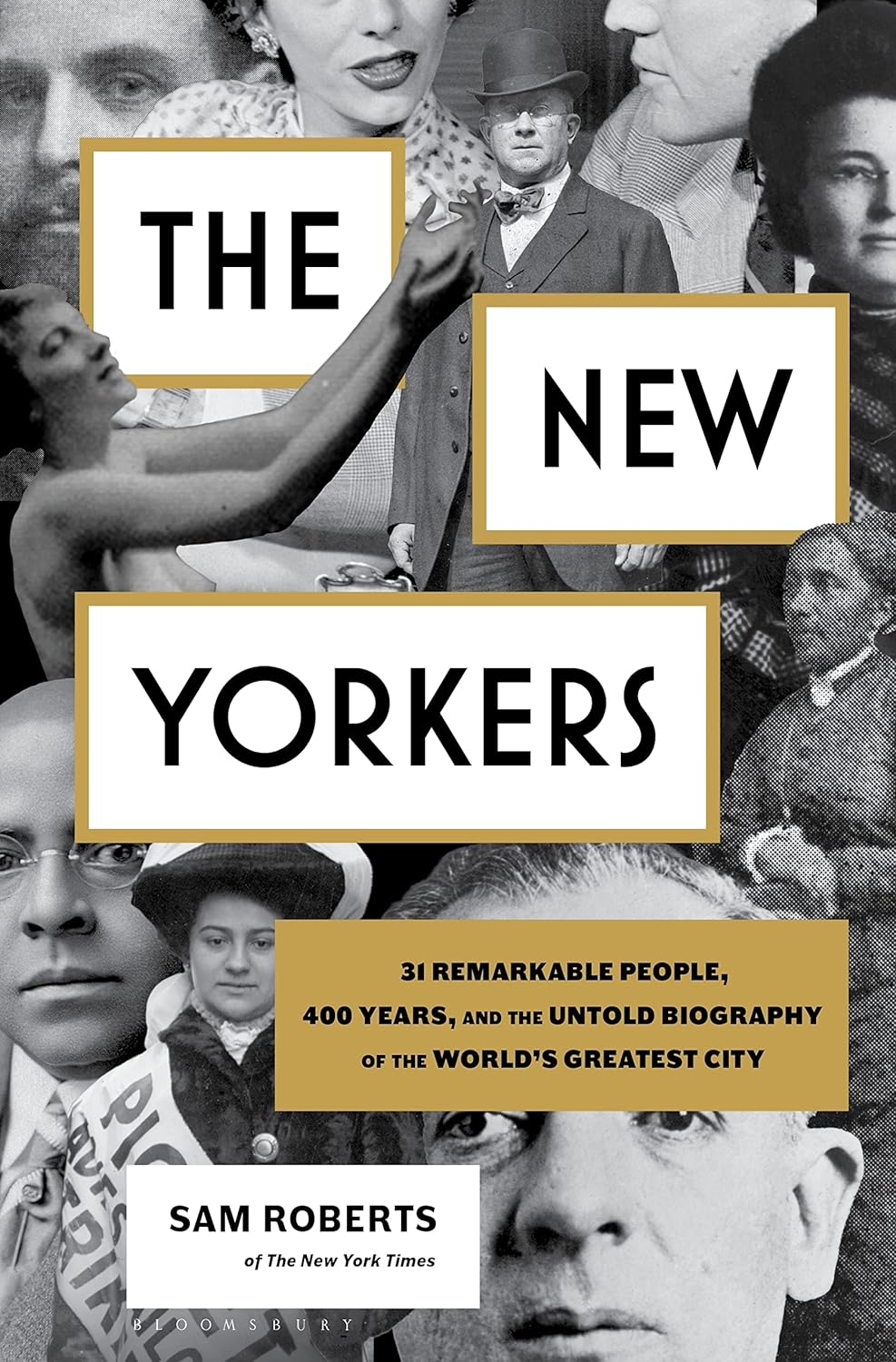James De Lancey Jr. was a native New Yorker, his Huguenot grandfather, Stephen, having fled France and arrived in America in 1686. James Jr. inherited the family’s mercantile business and, like many fellow merchants, opposed Parliament’s heavy- handed taxation. James Jr. opposed the Stamp Act and other barriers to the colony’s commerce, a self-serving mindset that temporarily endeared him to the radicals. But he sacrificed his credibility with patriotic Americans by belatedly agreeing to subsidize the care and feeding of British troops under the Quartering Act. Presciently, he packed his belongings and left New York in April 1775 for England, never to return. Historians still debate whether the ensuing conflict was a revolution, a war for independence, or a civil war, and what proportion of Americans—some say more than half—were neither zealous Loyalists nor passionate patriots. The radicals revolting against an unrepresentative government some 3,500 miles away were the most identifiable by their words and deeds. They were dominated in the city by the triumvirate of Isaac Sears, John Lamb, and Alexander McDougall, men who, Pauline Maier wrote in The Old Revolutionaries (1980), were ambitious when “the obscure might rise to positions of power and prominence” through politics and “played the role of brokers, mediating between the various social and economic groups that made up the community.” Lamb, a writer, was the son of a convicted robber exiled from England. McDougall, a Scottish-born merchant, had been a privateer.
Sears, a fifth-generation New Englander, was born in Massachusetts in 1730. When Isaac was four, his family moved to Norwalk, Connecticut. At sixteen he was apprenticed to a captain; at twenty-two, he was already commanding a sloop that shuttled cargo between New York and Canada. He captained a trading vessel until, in the Seven Years’ War, he was commissioned as a privateer. As the Magazine of American History recounts, his exploits “gave him a great moral ascendancy over his fellow-citizens, and he seems to have fairly won over the title of ‘King’. ” By the early 1760s Sears had profited so handsomely as a privateer that he removed to New York, where he invested in trade with the West Indies. He married Sarah Drake, whose father owned the Water Street Tavern, at Trinity Church. Like so many other reluctant revolutionaries in New York, he seemed the antithesis of the rabble in arms that the British identified with the mobocracy.
